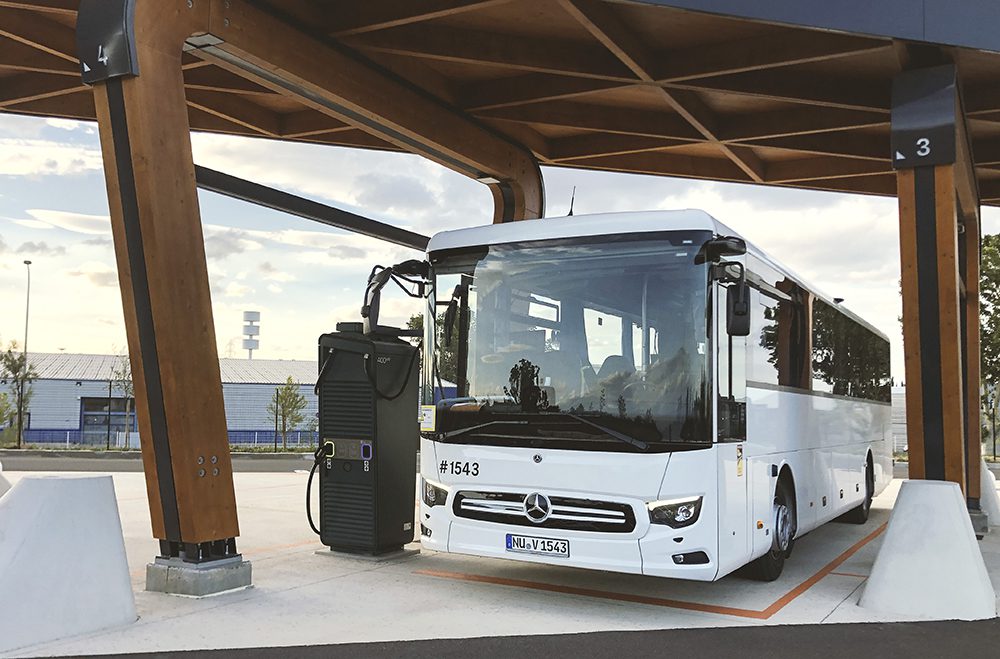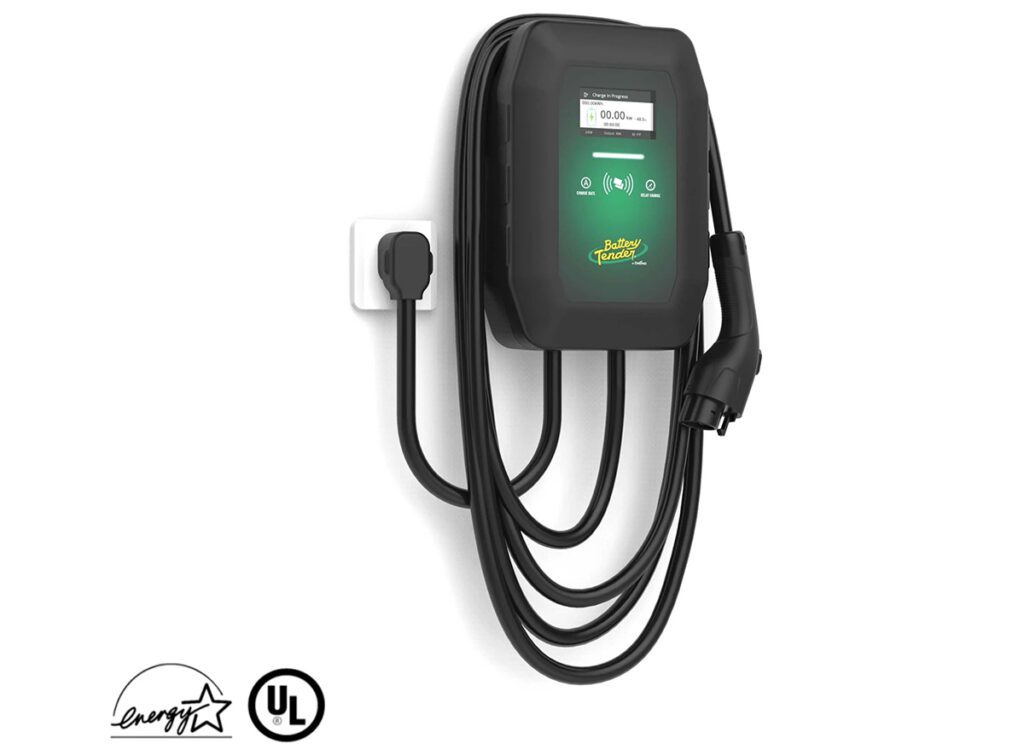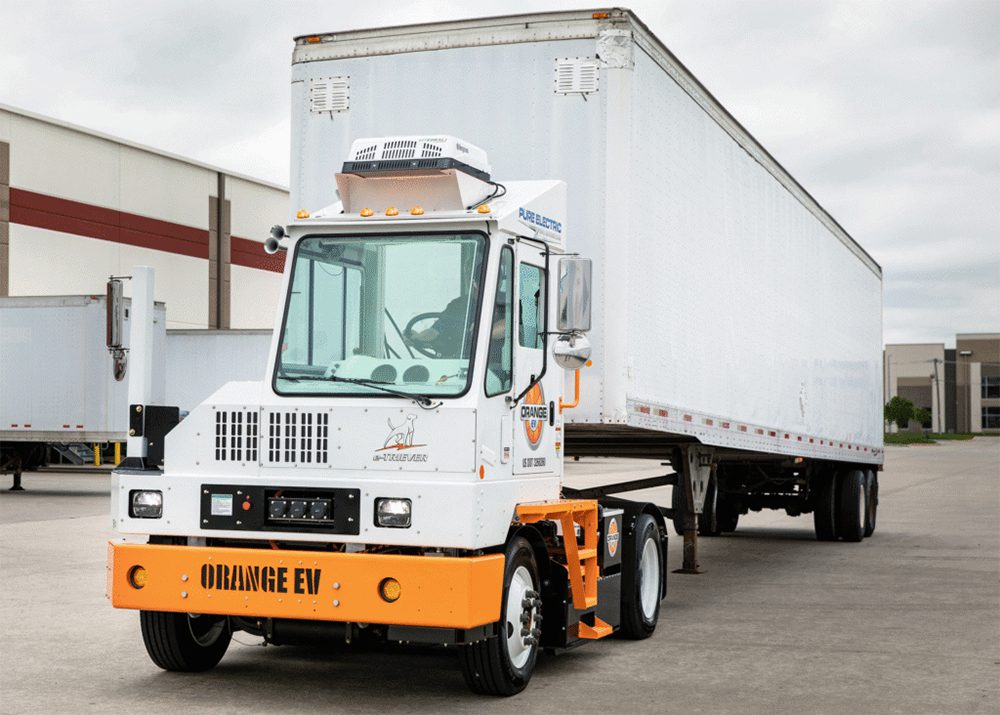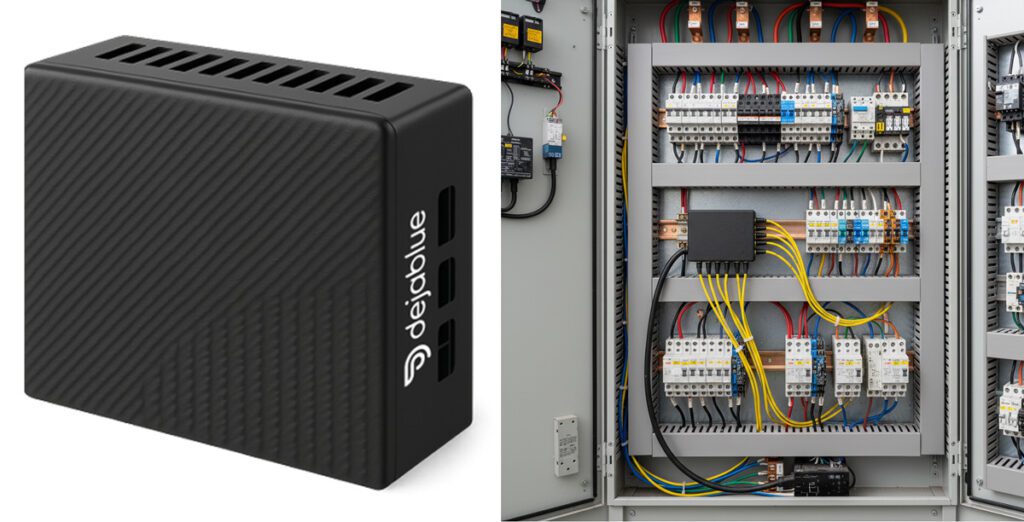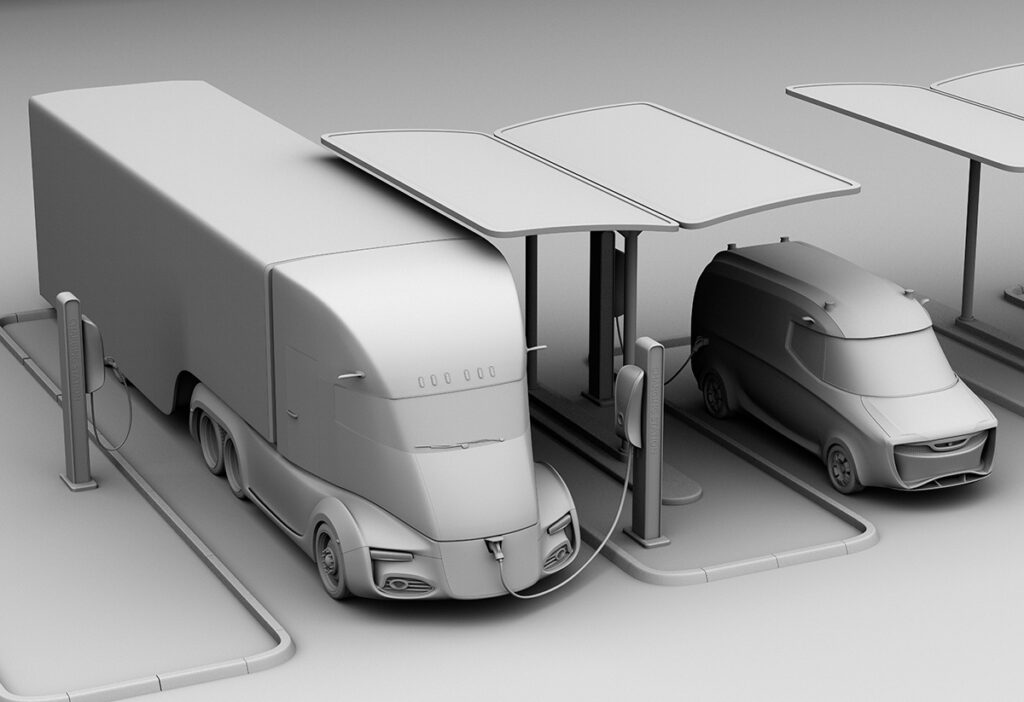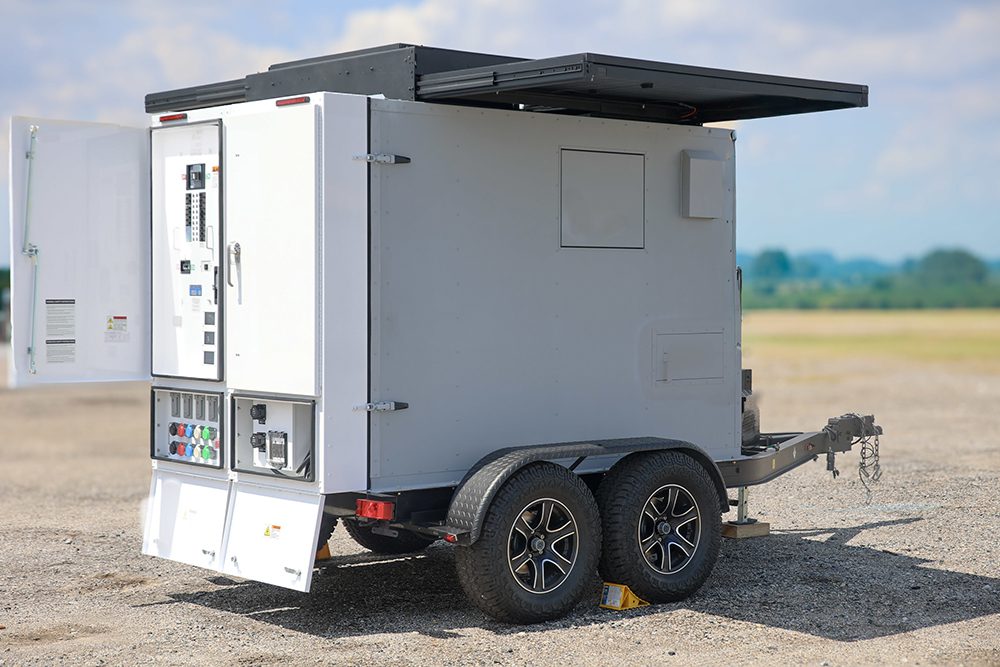In his usual highly entertaining style, Elon Musk announced the new Tesla Energy line of energy storage products. “We have this handy fusion reactor in the sky called the sun…that shows up every day and produces ridiculous amounts of power.” Batteries are the “missing piece” that will allow us to capture this energy and build a zero-emission energy grid. However, existing battery systems have a number of drawbacks. In short, “they suck.”
Tesla’s non-sucky Powerwall is a wall-mounted energy storage unit that provides three main benefits: load shifting, which saves money by charging during times of low electrical rates and discharging during more expensive peak demand times; storing solar-generated power for use when the sun isn’t shining; and providing backup power during outages.

The Powerwall is available in a 10 kWh version, optimized for backup applications, and a 7 kWh version, optimized for daily cycling with solar power. The Powerwall delivers 2 kW (continuous) or 3 kW (peak) of power, and offers efficiency greater than 92%. Prices start at $3,000, not including inverter and installation. The system comes with a 10-year warranty, is available in different colors, and looks like “a beautiful sculpture on the wall,” according to Musk. Deliveries are to begin “in late summer.”
Larger systems for commercial buildings offer similar functions, but the financial benefits are potentially greater, as businesses can avoid expensive peak demand charges, and can also offer load-balancing services to the grid. Utility-scale systems, available in 100 kWh blocks, are capable of up to 4 hours of continuous discharge, using grid-tied bi-directional inverters.

Tesla Energy has no direct relationship to the company’s vehicles, but it has much to do with its future battery production. For now, the batteries will be produced at Tesla’s California factory, but they will eventually be made at the Nevada Gigafactory, alongside batteries for the upcoming Model 3.
Press coverage of the new product line has been intense, but as usual, the mainstream media have missed the most interesting part of the story.
The true significance of home storage is that it changes the relationship between electric utilities and consumers. On one hand, it’s bad news for the old dinosaurs, because some homeowners will have the option of going off-grid. In more progressive states, utilities will be under pressure to offer more flexible service options, to avoid losing customers. In the more backward-looking ones, they will redouble their efforts to ban going off-grid, and/or tax home solar installations out of existence.
On the other hand, storage could make distributed solar much more palatable to utilities. With current technology, home-generated solar is more of a nuisance than a benefit for utilities – most allow net metering, which pays homeowners for the excess energy they generate, only because the government requires them to.
As an article in Solar Power World points out, energy storage can turn distributed generation into a utility asset, but only a few utilities have explored the technology. Generation sites with battery storage allow much more control over when and how energy is fed back to the grid, and (at least for larger installations) can provide valuable load-balancing services. At least one company, Vermont’s Green Mountain Power, already has plans to offer Tesla Energy systems to its customers.
Source: Tesla, Solar Power World
































































